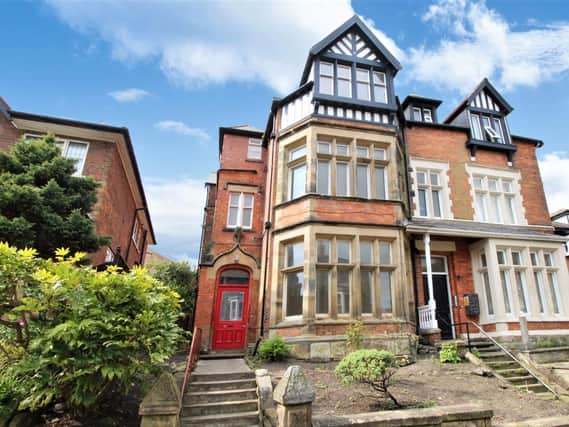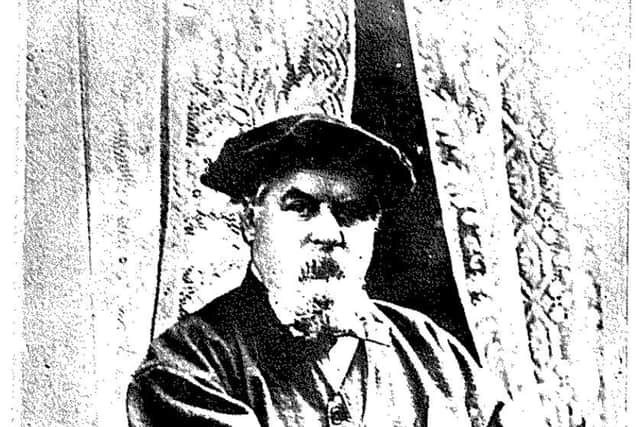The unlikely link between Scarborough and an acclaimed Parisian artist


The house at 12 Royal Avenue, currently on sale, was occupied during the 1890s by Marny, his French wife Claire and her father. The north-facing, top floor front bedroom, serving as his painting studio.
A highly prolific artist, Marny was noted for both his landscape and town scenes with a particularly strong architectural theme, his work having been exhibited at both the Salon de Paris and the Royal Academy.
Advertisement
Hide AdAdvertisement
Hide AdHis early career in his native France is believed to have included working at the Sevres porcelain factory as an apprentice ceramic artist in addition to a further role as a scenic painter at the Paris Opera.


During his twenties he studied lithography, attaining such a mastery of the process that by 1857 he exhibited two chromolithographs at the Paris Salon, the official art exhibition of the Academie des Beaux-Arts during the era when it was the pre-eminent centre for art in Europe.
Whilst working for a French architect in Belfast, he developed his knowledge of and appreciation for buildings, particularly that of Gothic architecture. It was here he was persuaded to come to Scarborough in the late 1860s by the pioneering photographer and art connoisseur Oliver Sarony.
Marny arrived in Yorkshire, in the wake of the expansion of the railways to the town in 1845 and at a time of the extensive and rapid development of Scarborough’s affluent South Cliff area.
Advertisement
Hide AdAdvertisement
Hide AdTo the Paris-born painter, the dramatic, ever-changing atmospheric scenery of the Yorkshire coastline and its hinterland would become a compelling attraction.
Marny produced work for Sarony’s gallery at Gainsborough House. This building was situated on the site of what is now a car park next to St Martin’s Church, on the town’s south side.
Sarony’s aristocratic connections led to his Yorkshire work being sold to members of Europe’s numerous royal houses and landed gentry in Britain.
Primarily a watercolourist with a very distinctive signature style, Marny’s profuse oeuvre consisted of scenes of Yorkshire and images of France and the Continent derived from both his annual visits back to his native land and others painted largely from memory.
Advertisement
Hide AdAdvertisement
Hide AdHe would later enter into a business arrangement with that of another significant patron, art dealer John Linn, who accepted all of his prodigious creative output in return for a substantial weekly retainer.
As a tutor, he taught many artists including the maritime painter and eminent yacht designer Albert Strange who went on to become the inaugural head of Scarborough School of Art.
Despite tempting offers from London art dealers, he refused to move permanently from his North Yorkshire base. In his final year, with the passing of his wife and failing health, on medical advice he went to live in with a relative in Birmingham, only to return a few weeks later to his much-revered Scarborough. He is buried with his wife and father-in-law in the town’s Dean Road cemetery.
Paintings by Marny are held in numerous galleries including Scarborough Art Gallery, Pannett Park, in Whitby, and the Usher Art Gallery in Lincoln.
Advertisement
Hide AdAdvertisement
Hide AdAdding to the creative provenance of the house, during the 1970s, the Marny atelier at Royal Avenue became the first studio of the graphic designer Dave Clark.
The house is on sale via CPH Estate Agents and Chartered Surveyors, Scarborough.